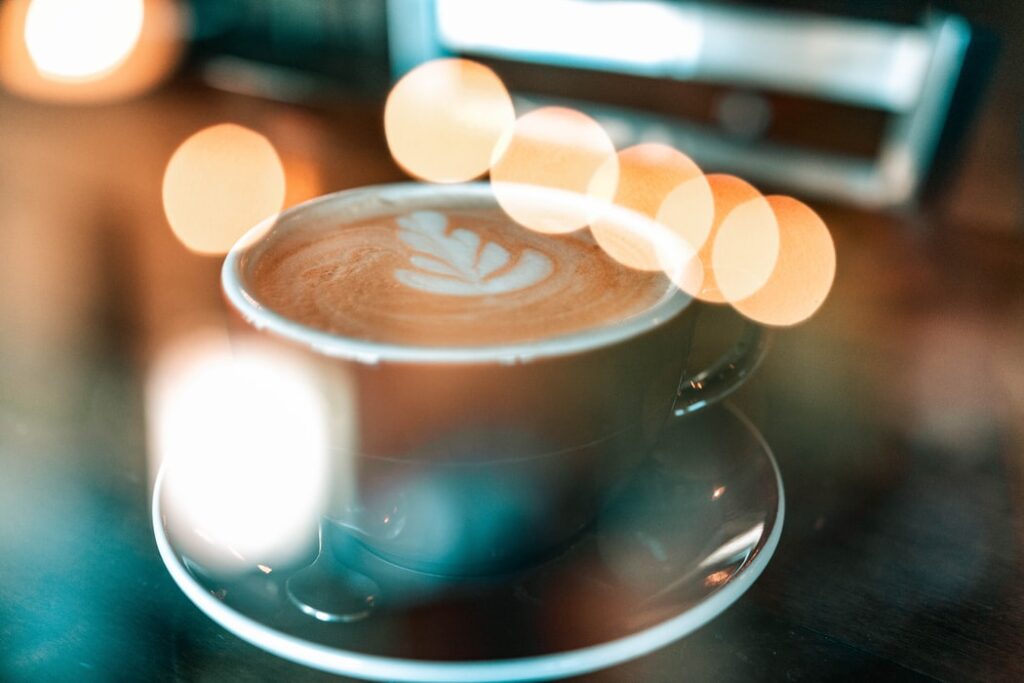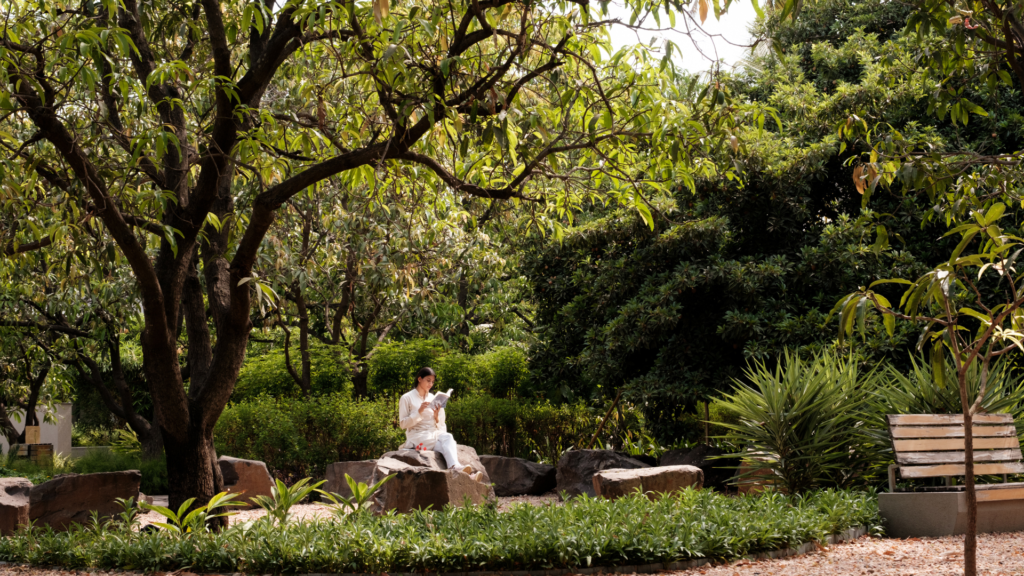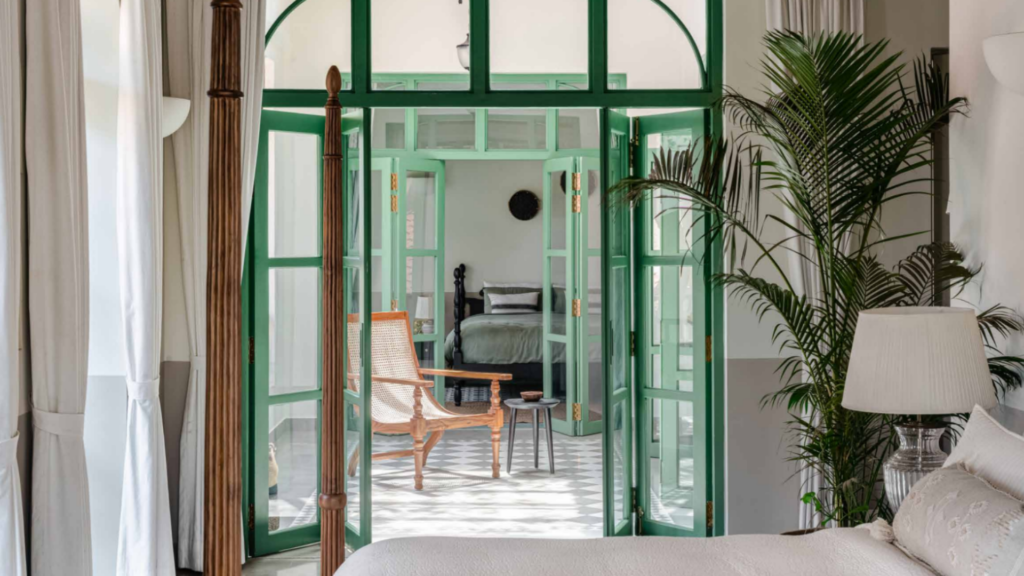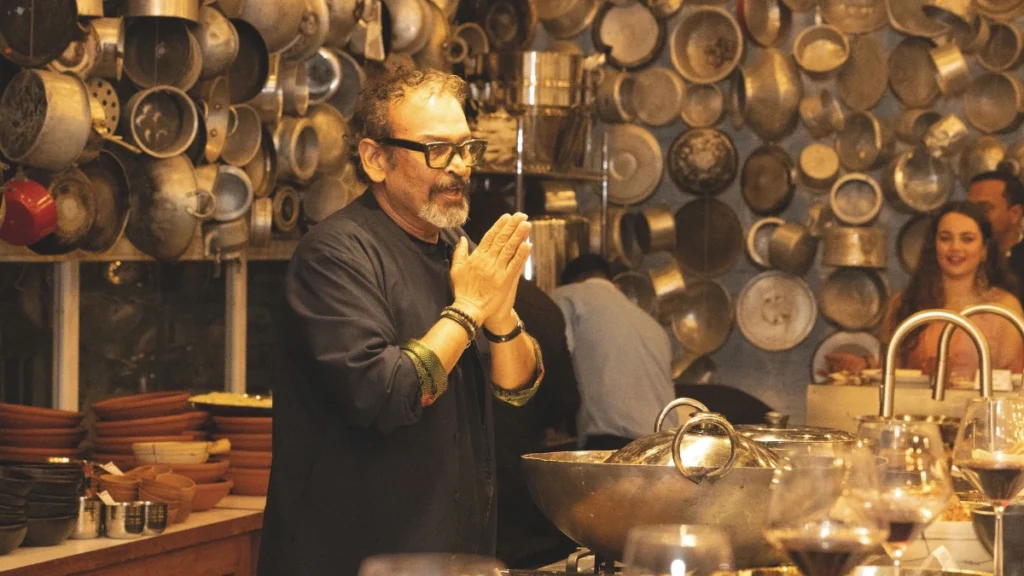Certain things in the world are common to all yet distinguished to some. Coffee, is one of them. Be it getting to work with a caffeinated pick-me-up or closing it up with a post-dinner cuppa, a little caffeine rush sets things right for everyone if different ways. For me, personally, coffee and books go hand in hand, one in each hand.
Having said that, I often find around me little knowledge or awareness about the nuanced handling of this powerful beverage. A recent example manifested in the transitory Dalgona Coffee, which suddenly found a strong media presence without any clear storyline or origin behind it. To me and many others it was just a new name for the beaten coffee Indians have been consuming since ages. While common narrative revolves around the diverse styles that you can enjoy a good brew in, not enough is said about their journey from origin to table. What it is that makes a Flat White so comforting, or a Qahwa so dynamic? Why is it so important to nail an Irish coffee and why is a Vietnamese Coffee made with condensed milk?
So as the onset of a global pandemic and widespread lockdown caused people to master new recipes, I dove into the world of coffee. Of what exists and how. Of what exists and why. Here’s the gist :

- Cà Phê đá – Vietnam
One of my personal favourites, Vietnamese coffee is made with medium to coarse ground coffee using a small metal drip filter. The specialty of this drink is the amalgamation of strong coffee with sweet condensed milk, the taste of which is heightened with loads of crushed ice. Interestingly, while Vietnam is known for its expansive coffee estates, its cattle industry was still developing back in the day. In an obvious shortage of fresh milk, the avid coffee drinkers turned to another alternative : condensed milk!

2. Cappuccino – Italy
You’re sitting at your usual haunt, buzzing away at the laptop with a pencil stuck on one ear. Or some day you choose a new cafe for that long overdue catch-up. The lighter-than-air feeling of a frothy cup of cappuccino is always a safe bet, right? A Cappuccino is pretty common at every other coffee house in its own variation today, but few draw on the actual reliability of its origin : a specific combination of equal parts espresso, steamed milk, and foam. Contrary to the idealized ‘steaming hot coffee’, Cappuccino milk is warmed only between 60 to 70 degrees. Why? Because that is when the milk fat melts away, allowing the foam on top to settle stably. Once that is achieved, heating the Cappuccino any further causes an imbalance in taste and acidity of the coffee.

3. Flat White – Australia
The origin of the Flat White is a bone of contention between Australia and New Zealand, but the drink became beloved to many across the entire world after Starbucks first introduced it to the masses in United States. Basic necessity, some might say; a simple luxury, others feel. In any case, Flat White coffee started out in the plainness of warm microfoam milk poured over a shot of hot espresso. That, however, hardly meant it was low maintenance : the reason why Flat White originally thrived in warm (but not boiled) milk was the type of milk consumed in (both of its) origin countries. The milk in Australia and New Zealand is textured so, that boiling it tends to harden it beyond tasteful consumption!

4. Filter Coffee – India
The coffee I grew up on was served in a three-inch steel glass stacked in a katori or small vessel. Habitually spilling it into this little plate, I’d anticipate a faster cooling as I waited to enjoy the flavour and rush. Filtered coffee, as the name suggests, is made by brewing freshly ground coffee over a metal filter or paper funnel and adding a dash of boiling hot milk from a height to achieve a bubbling froth,

5. Frappé – Greece
The image of a chilled glass of palatable coffee, drenched in its own condensation immediately springs to mind, right? Life without this drink seems incomplete. But did you know that the “authentic Frappe” was never meant to exist, but was invented unintentionally? While in Greece one day, the brand manager of Nestlé chose to mix cold water with coffee in a shaker due to unavailability of hot water. (So necessity really is the mother of invention!) Though the word “Frappé” is used in French to denote a slush in the country, the same-name beverage of Greek origin denotes a different style of making coffee!

6. Irish Coffee – Ireland
Talk about tweaking. Supplementing hot coffee with cold cream, whiskey, and sugar, Irish coffee absolutely transcends the beverage game. The idea was fostered by Chef Joe Sheridan on a cold winter night, when looking to warm up his customers he added Irish whiskey to their coffee and topped it with cream. So literally and historically speaking, for those days when you need a little extra, this coffee drink is all your wishes coming true!

7. Kaisermélange – Austria
Kaisermélange is one of the most richly textured coffees of the world, concocted with a shot of espresso, egg yolk, and cream. It is traditionally bound together by Cognac or rum. It’s a no-brainer as to why its name translate to “Emporer’s Melange”, right? Can you imagine the flavour profile of freshly ground beans merging with the soft dull flavours of a creamy top? Ironically, though, this Viennese delicacy is hardly found in coffee shops of its origin city itself anymore.

8. Mazagran – Algeria
Probably the first ever iced coffee, this caffeinated fix finds many variations across different cultures. The original cold beverage was birthed by French troops in Algeria. Like so many other extraordinary things of that time, this coffee was made by pouring hot espresso coffee over chilled ice! The popular Portuguese variation of having the Mazagran is with a mix of lemon juice and ice. This does a splendid job of bringing out the bitter notes of coffee with a complement of sourness. The Austrians, on the other hand, like to perk it up with a dash of rum to supplement the cold brew flavour.

9. Türk Kahvesi – Turkey
Turkish coffee is known for its strong acidic notes, which brew from the fact that it is drunk unfiltered. Yes, that means coffee grains settling at the bottom of the cup after being aggressively boiled in a brass pot (called cezve). A traditional cup of Turkish coffee usually hints at flavours of spice and sugar, and is so strong that it might not be everyone’s cup of tea!

10. Qahwa – Saudi Arabia
If you think that coffee isn’t an experience in itself, the Arabic are here to change your mind. Traditionally served with dates or chocolates, Qawha is a prominent sign of Arabian hospitality. Nothing less than a drink of the Gods, Arabic coffee is replete with notes of spices like cloves, cardamom, saffron, cinnamon (and splendour). Did you know that the word ‘coffee’ originated from the word qahwa? It means strength.
Trying to stay safe at our homes has been tough for us all, but I hope this contributes to the little ways in which we are all trying to keep our global spirit alive! If there’s a coffee style you would like to talk about, share it in the comments or write to me!





I didn’t know a lot of this so this was a really informative post. Thank you for sharing 🙂
I’m glad it did something meaningful for you!
I had an amazing time drooling over your blog 💛
hahah glad you liked it!
Pingback: What Attracts You to Little Llama Cafe – The Creative Review
Pingback: What Attracts You to Little Llama Cafe – Ria Gupta
Pingback: What Attracts You to Little Llama Cafe – The Thought Behind
Pingback: #1 Winter Memories of the Delhi I Know – The Thought Behind
Pingback: The Women of Kumaon: Of Soil & Smiles – The Thought Behind
Pingback: What is Solo Travel & Where Can You Begin – The Thought Behind
Pingback: A Resort in Jim Corbett is Bursting with Colour | Ria Gupta
Pingback: What is Solo Travel & Where Can You Begin | Ria Gupta